
End-of-life nurse shares the most disturbing behaviors seen in those nearing death
Julie McFadden is a hospice nurse who has witnessed countless deaths throughout her career. With years of experience in end-of-life care, she has dedicated herself to educating people about the realities of dying—something that remains a difficult and often taboo topic for many. Through her work, she hopes to bring comfort, understanding, and a sense of peace to both patients and their families during one of life’s most inevitable moments.
Julie’s mission is to “alleviate the fear and stigma around death,” helping people approach it with acceptance rather than fear.
In addition to her role as a hospice nurse, Julie has authored a book and built a significant social media presence, particularly on TikTok, where she shares insights about the dying process. Her content covers everything from the physical signs of approaching death to the emotional and psychological experiences of those in their final days. She believes that by shedding light on what truly happens, people can be better prepared and find solace in understanding.
Her videos offer a rare glimpse into the final moments of life, discussing topics such as patients' last words, their biggest regrets, and specific behaviors they display in their final hours. She has also spoken about common misconceptions surrounding death, helping to debunk fears that many people carry with them.
Changes in Breathing – A Sign of Transition
One of the most unsettling experiences for loved ones is witnessing the changes in a dying person’s breathing. Julie has spoken extensively about Cheyne-Stokes breathing, a pattern that occurs due to metabolic changes in the body as it prepares for death.
This breathing pattern is characterized by rapid, shallow breaths followed by a long pause, then another burst of rapid breathing. While it can be distressing to watch, Julie reassures that it is a natural part of the dying process and does not necessarily indicate suffering.
“The body is doing what it’s supposed to do,” she explains. “It’s not a sign that the person is in pain, even though it may seem alarming.”
Many family members, however, are unaware of this process and often interpret it as a sign of struggle. Julie has heard from numerous people who say they “wish they had known about it beforehand” so they wouldn’t have assumed their loved one was in distress.
The "Death Rattle" – What It Really Means
Another phenomenon she frequently discusses is the “death rattle,” a sound that many people find deeply unsettling. This occurs when the brain stops sending signals to the body to swallow saliva, leading to a gurgling noise in the throat.
“People hear it and assume it’s coming from the lungs, like a drowning sound, but that’s not what’s happening,” Julie explains. “It’s really just a small buildup of saliva.”
Despite its eerie sound, the death rattle does not cause pain or distress to the dying person. In fact, Julie assures that the body remains in a relaxed state during this time, a sign that the person is not suffering.
She emphasizes that the human body is naturally programmed to know how to shut down peacefully, and many of the changes seen in the final stages of life are simply part of this transition.
Addressing the Fear of Death
Julie’s work goes beyond just explaining physical symptoms—she also sheds light on the emotional and spiritual aspects of dying. Many of her videos focus on the common regrets she has observed from patients nearing the end of their lives. She notes that people often reflect on their relationships, missed opportunities, and moments they wished they had cherished more.
Through her compassionate approach, Julie aims to normalize discussions about death so that people can prepare themselves emotionally and mentally. She encourages open conversations among families, believing that talking about death doesn’t have to be scary—it can be healing.
Her message is clear: while death is inevitable, understanding it can make the process less frightening for both the person experiencing it and their loved ones.
A Call to Share & Educate
Julie’s insights have touched thousands of lives, with many people expressing gratitude for her efforts in educating the public about what truly happens when someone passes away. Her work has sparked meaningful conversations and has helped many people find peace during their time of grief.
If this article resonated with you, please SHARE it with your family and friends. Spreading knowledge and awareness about the dying process can help more people face it with understanding, acceptance, and, most importantly, love.
News in the same category

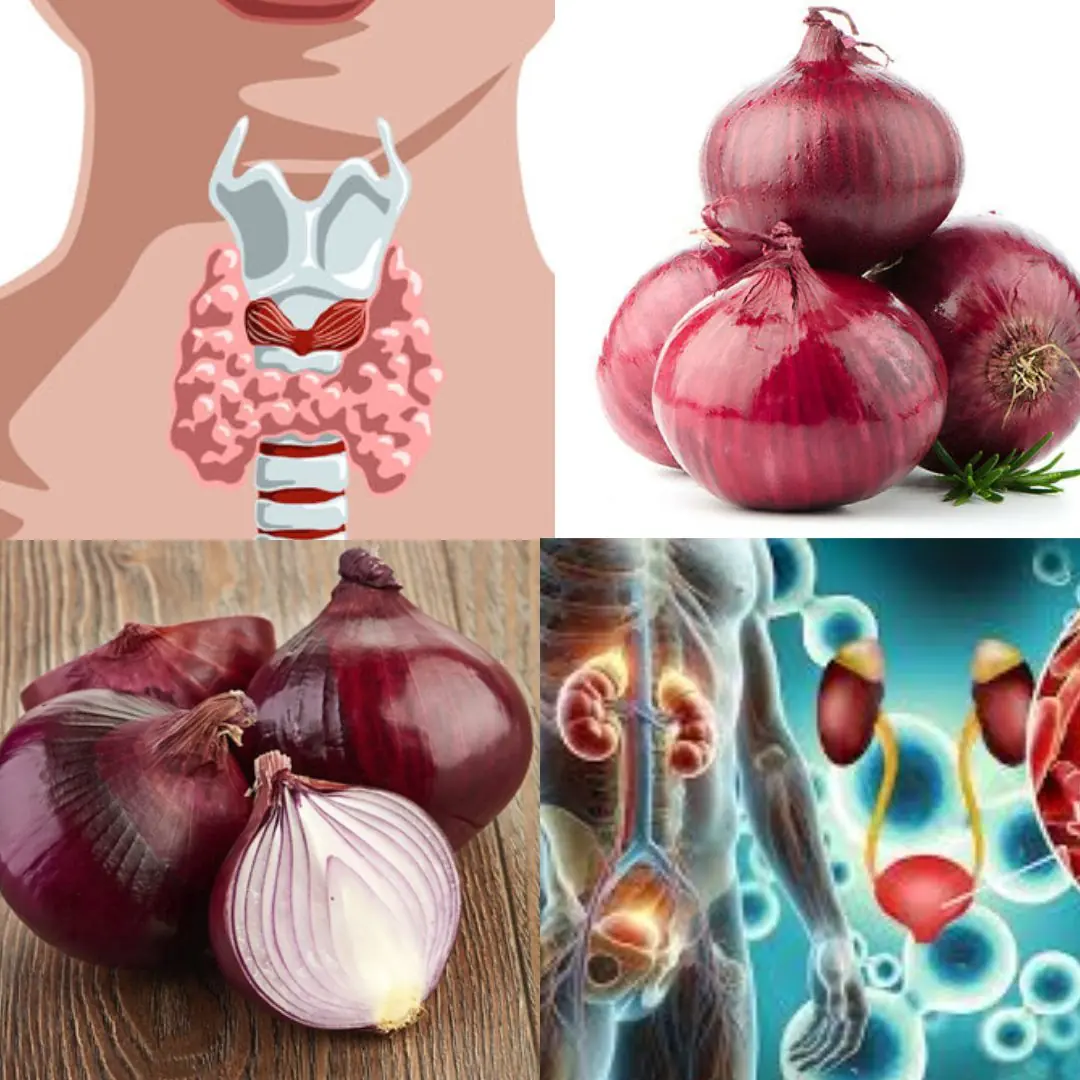
Euphorbia Hirta (Asthma-Plant): Ancient Remedies and Modern Applications for Health and Wellness

Doctor Warns Against This One Thing If You Wake Up at Night
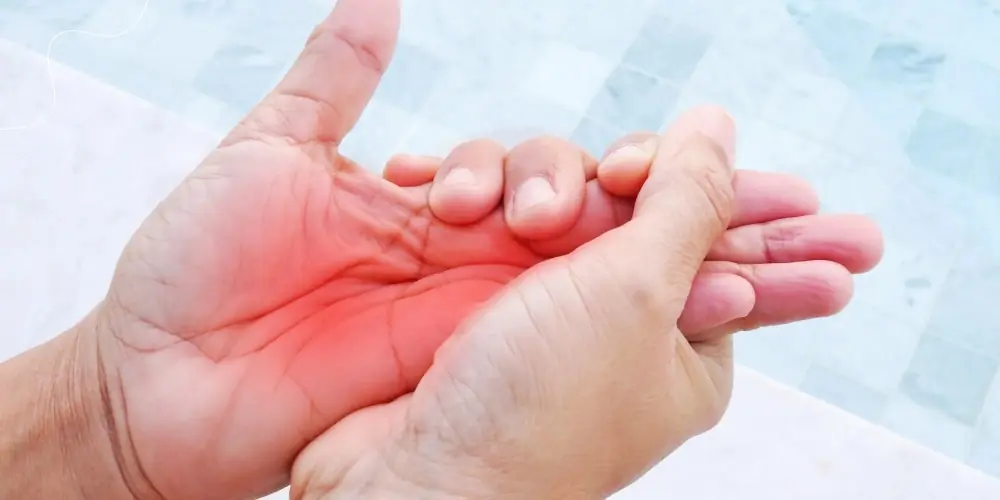
Reasons You Could Have Numbness or Tingling Sensations in Your Hands

A Well-Known Shampoo Is Being Withdrawn Immediately Due To Bacteria That Can Kill One In Ten Patients

9 Reasons Why You Should Eat Okra Multiple Times a Week

What’s In Your Mouth Could Be Triggering Alzheimer’s, Scientists Say
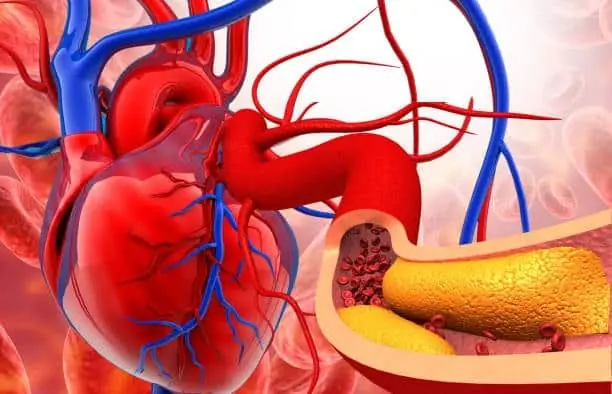
10 Signs You're Living With Clogged Arteries
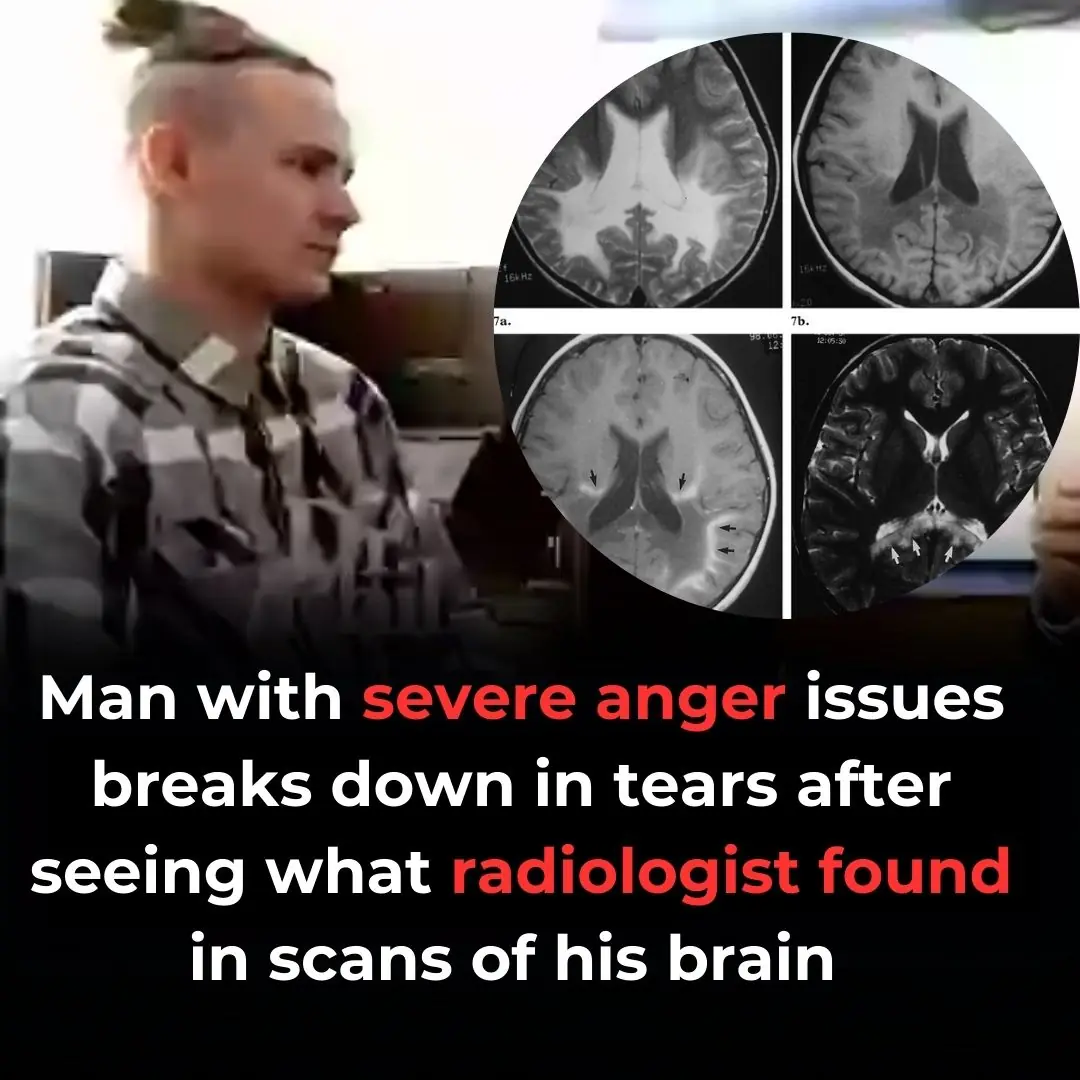
Man with severe anger issues breaks down in tears after seeing what radiologist found in scans of his brain

How to Treat H. Pylori Bacteria Causing Heartburn and Bloating + Natural Remedies
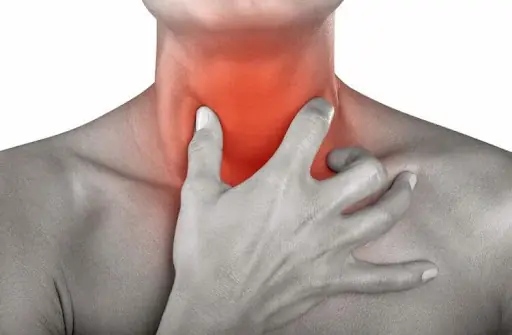
8 Ways To Get Rid Of Phlegm And Mucus In Chest And Throat

After A 49-Year-Old Father Of Two Passes Away, There Is An Urgent Warning For All Pet Owners Who Allow Their Dogs To Lick Them

8 of the Best Anti-Cancer Foods. It’s Time to Start Adding Them to Your Diet

Getting Annoyed By Chewing Sounds Is a Genuine Psychiatric Disorder
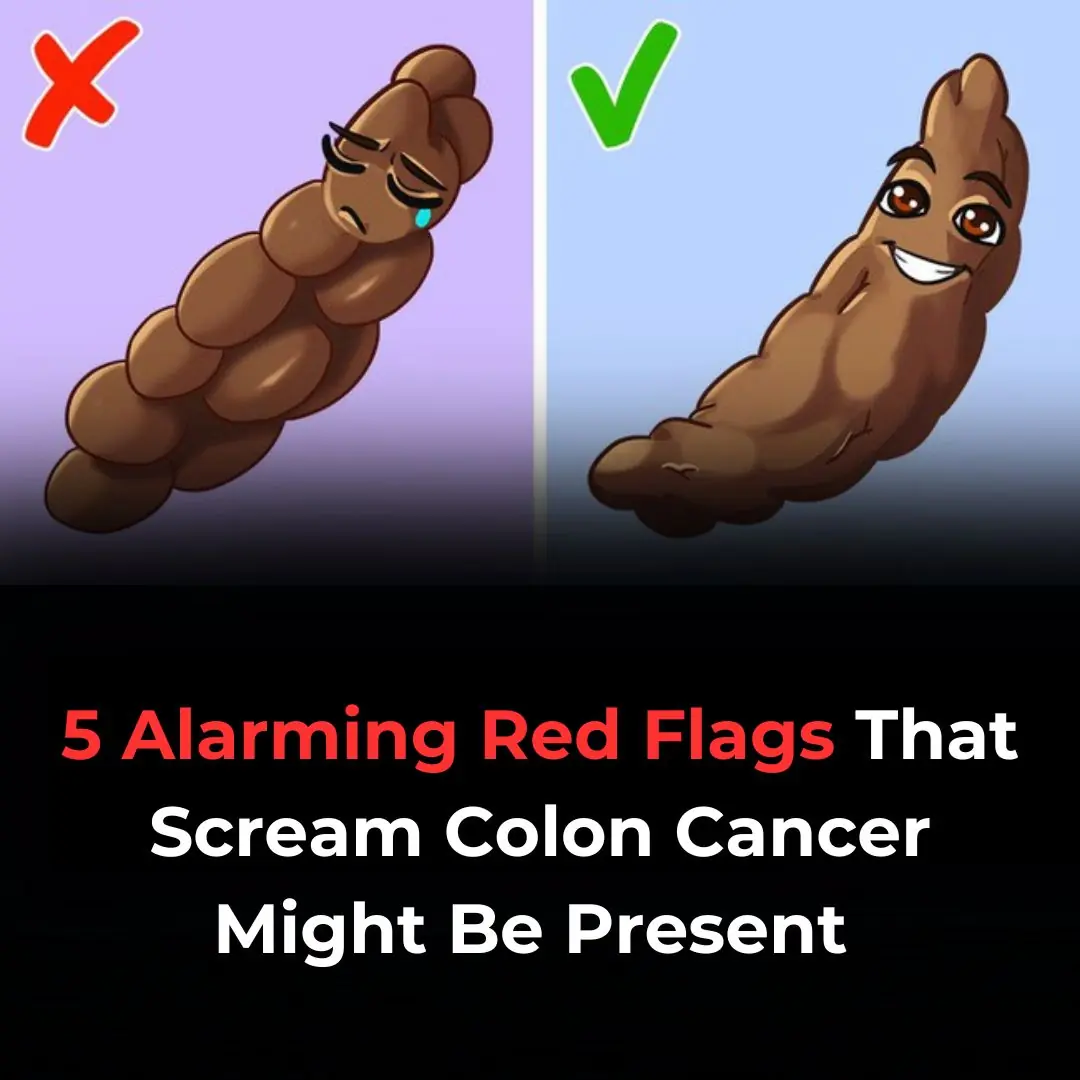
5 Concerning Red Flags That May Signal Colon Cancer
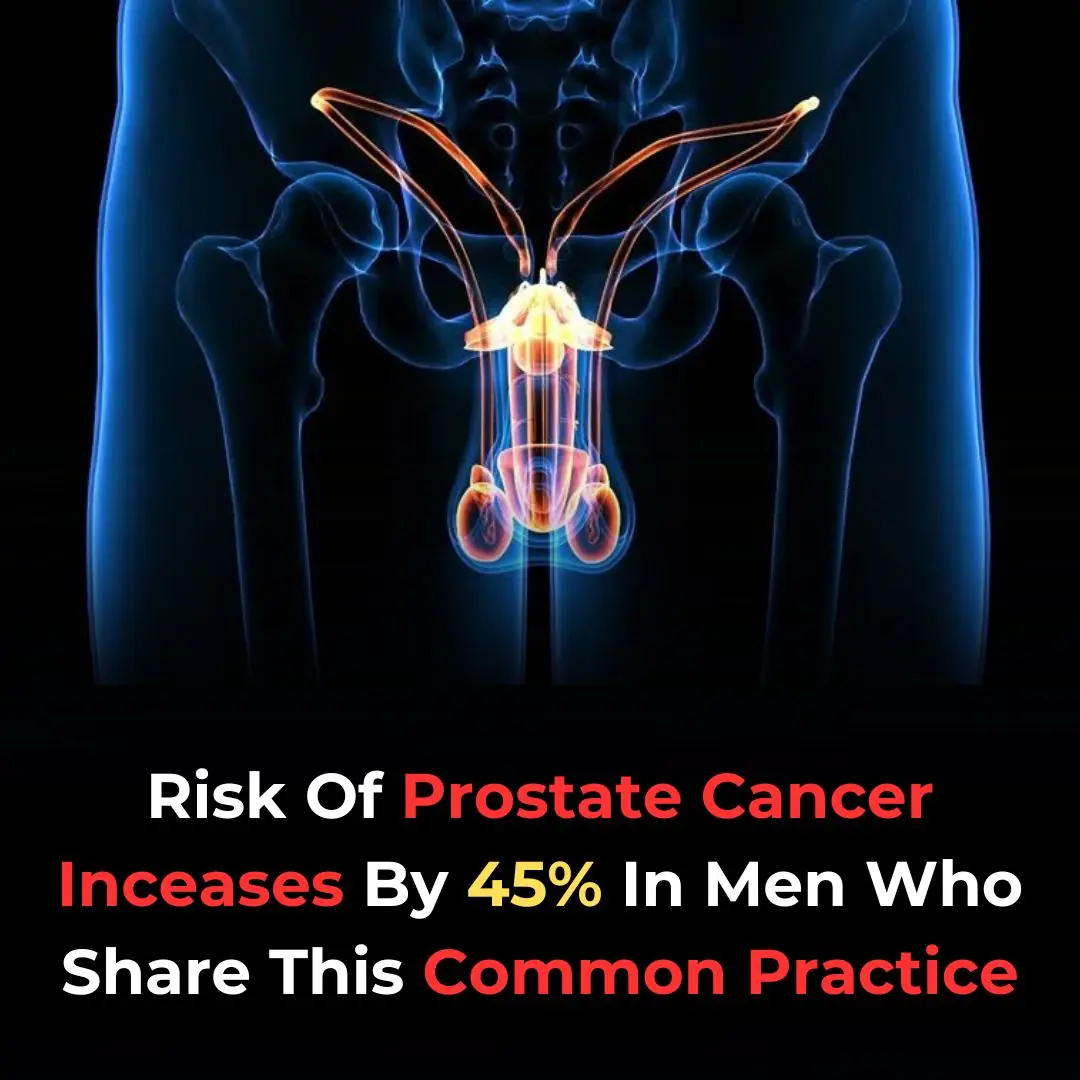
Risk Of Prostate Cancer Increases By 45% In Men Who Share This Common Practice

**Say Goodbye to Skin Tags and Warts: Easy Removal with Hydrogen Peroxide**

What Does It Signify When You Dream of a Deceased Loved One?

8 Fruits That Can Harm People with Kidney Disease
News Post

Banana Peels as a Natural Ant Repellent: A Safe and Eco-Friendly Solution
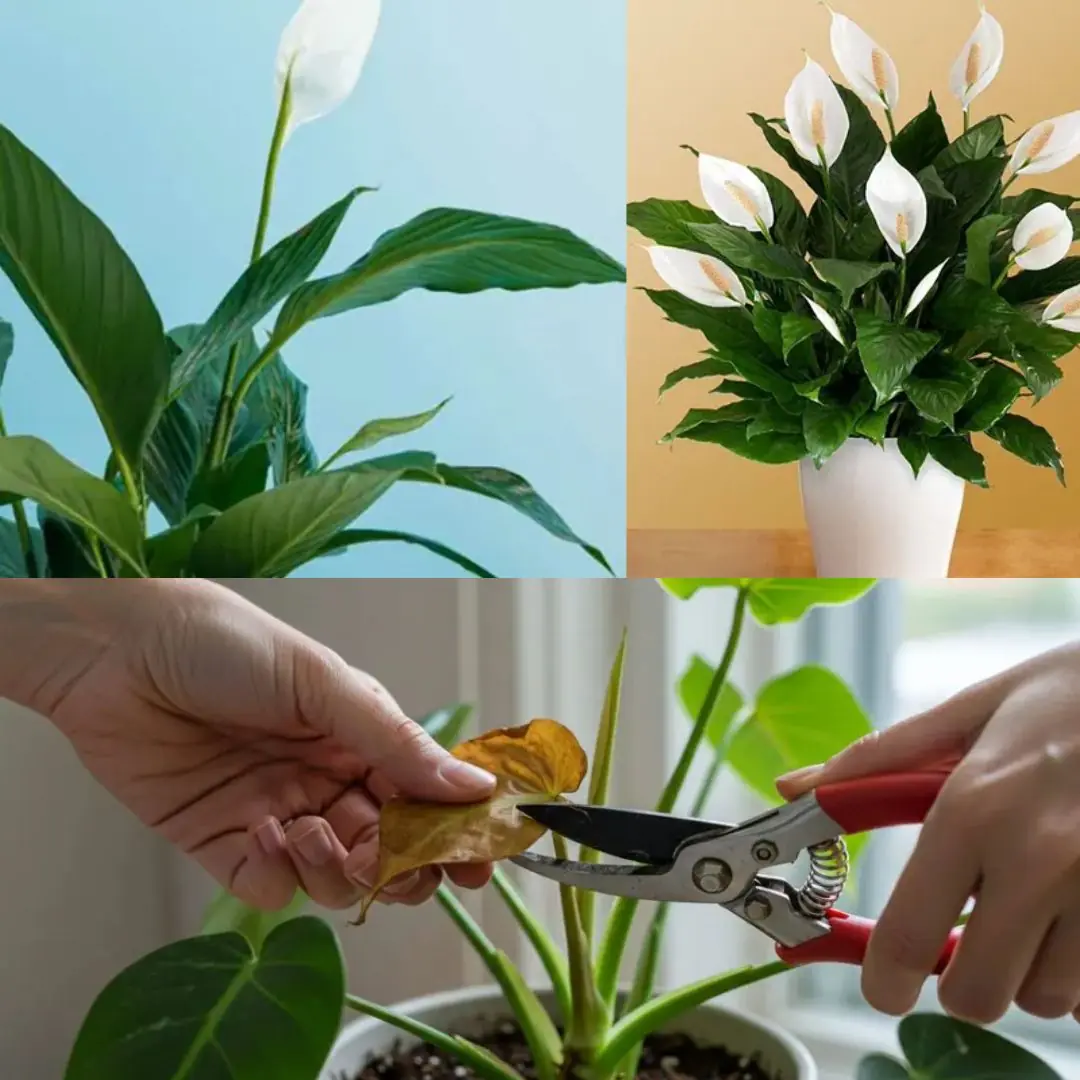
1 year ago 1 year ago Peace Lily Care Guide: Key Tips to Ensure Its Flourishing Growth

THIS DOUBLES Your Testosterone Naturally in 7 Days!
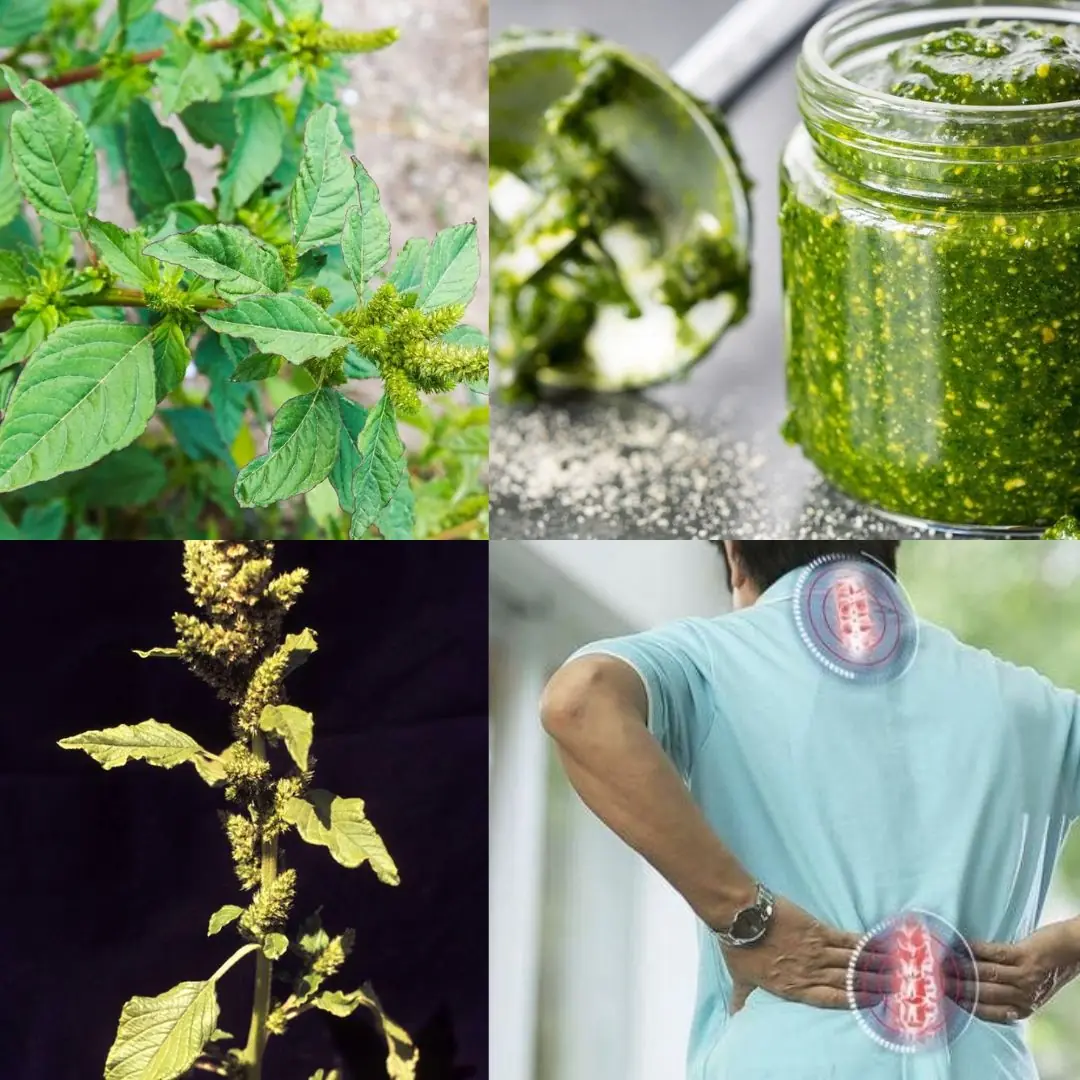
10 Remarkable Health Benefits of Pigweed Greens You Need to Know

Euphorbia Hirta (Asthma-Plant): Ancient Remedies and Modern Applications for Health and Wellness
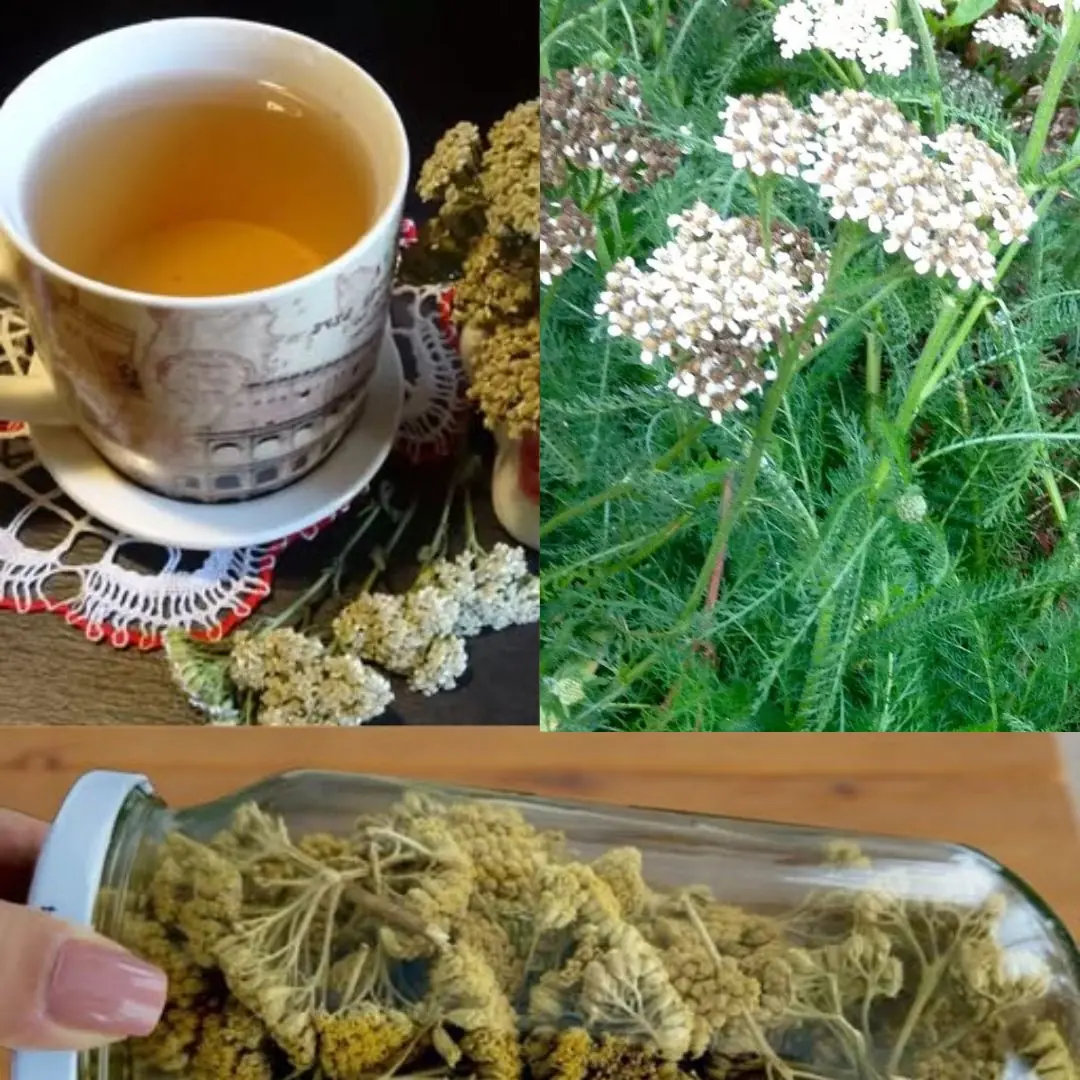
Yarrow: A Natural Herb with Powerful Health Benefits
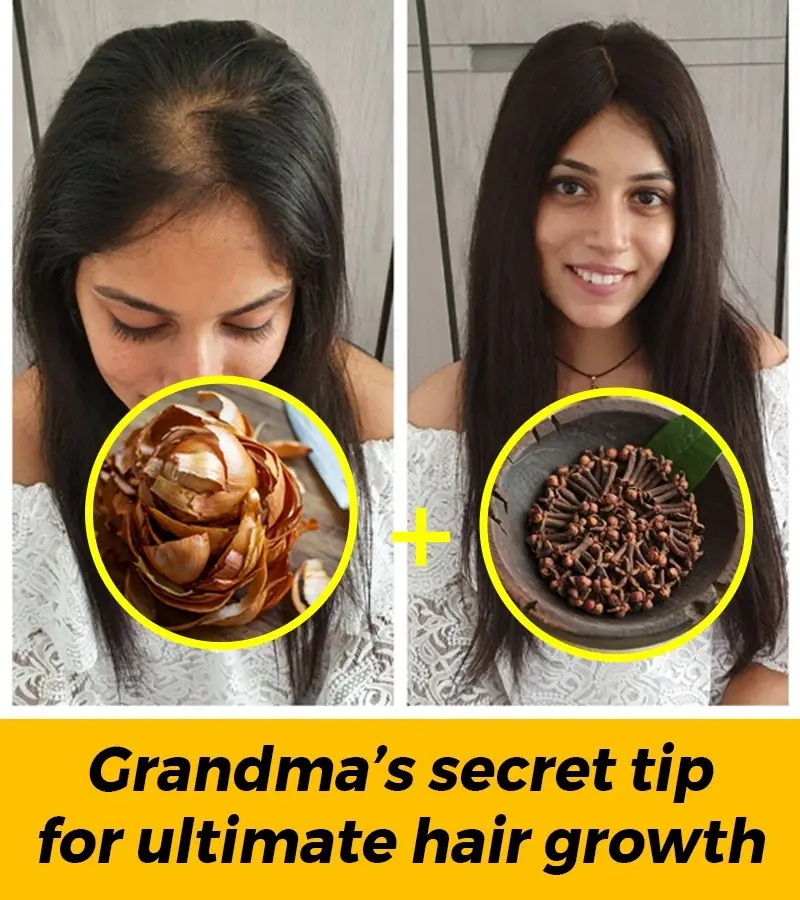
Onion peels and cloves: a simple hair growth remedy from Grandma's time

Vaseline to look 10 years younger

HE JUST NEEDED $25 FOR A HAIRCUT—BUT WHAT HE DID WITH IT SHOOK ME
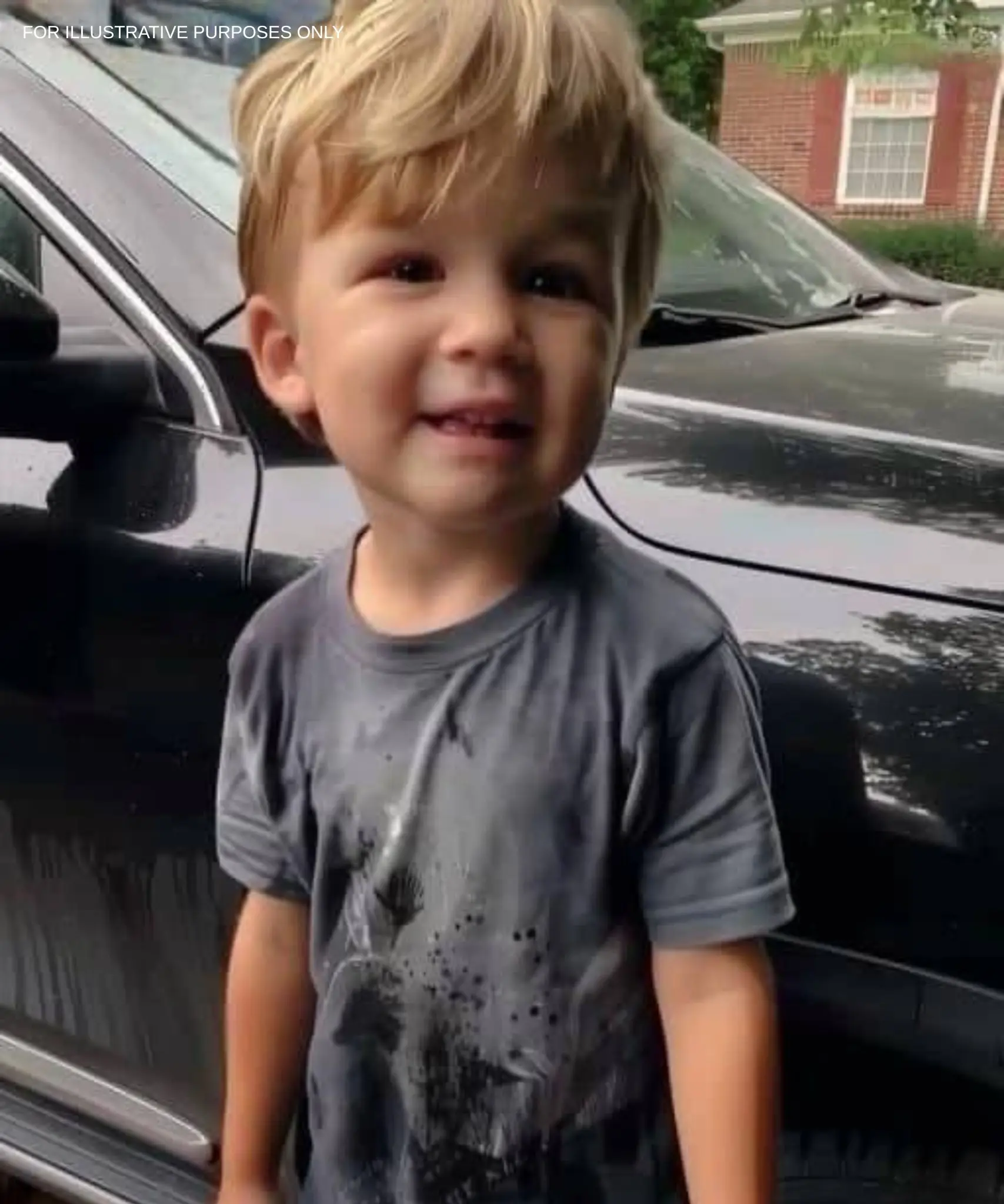
When my son innocently revealed that my husband had been secretly driving a brighter car with a woman I knew nothing about.

Doctor Warns Against This One Thing If You Wake Up at Night

Reasons You Could Have Numbness or Tingling Sensations in Your Hands

A Well-Known Shampoo Is Being Withdrawn Immediately Due To Bacteria That Can Kill One In Ten Patients
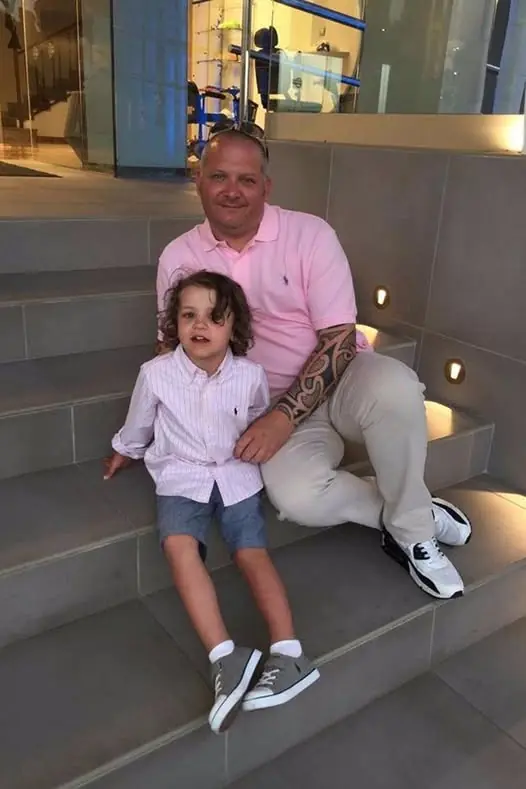
Why Was My Son Left Out? A Text Revealed the Truth
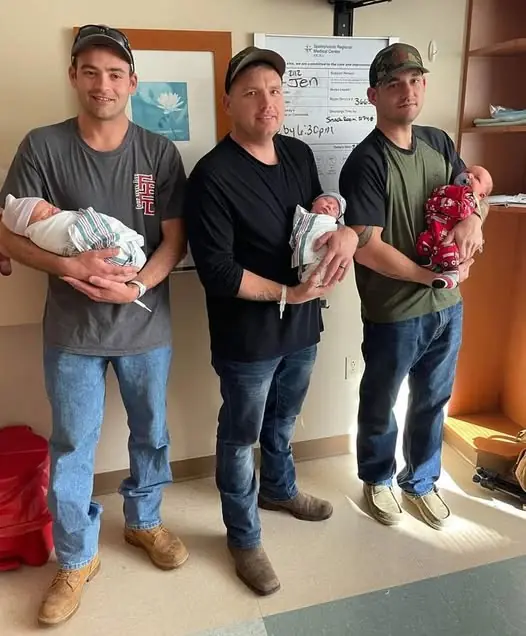
Three Became Fathers in a Day—One Text Changed Everything
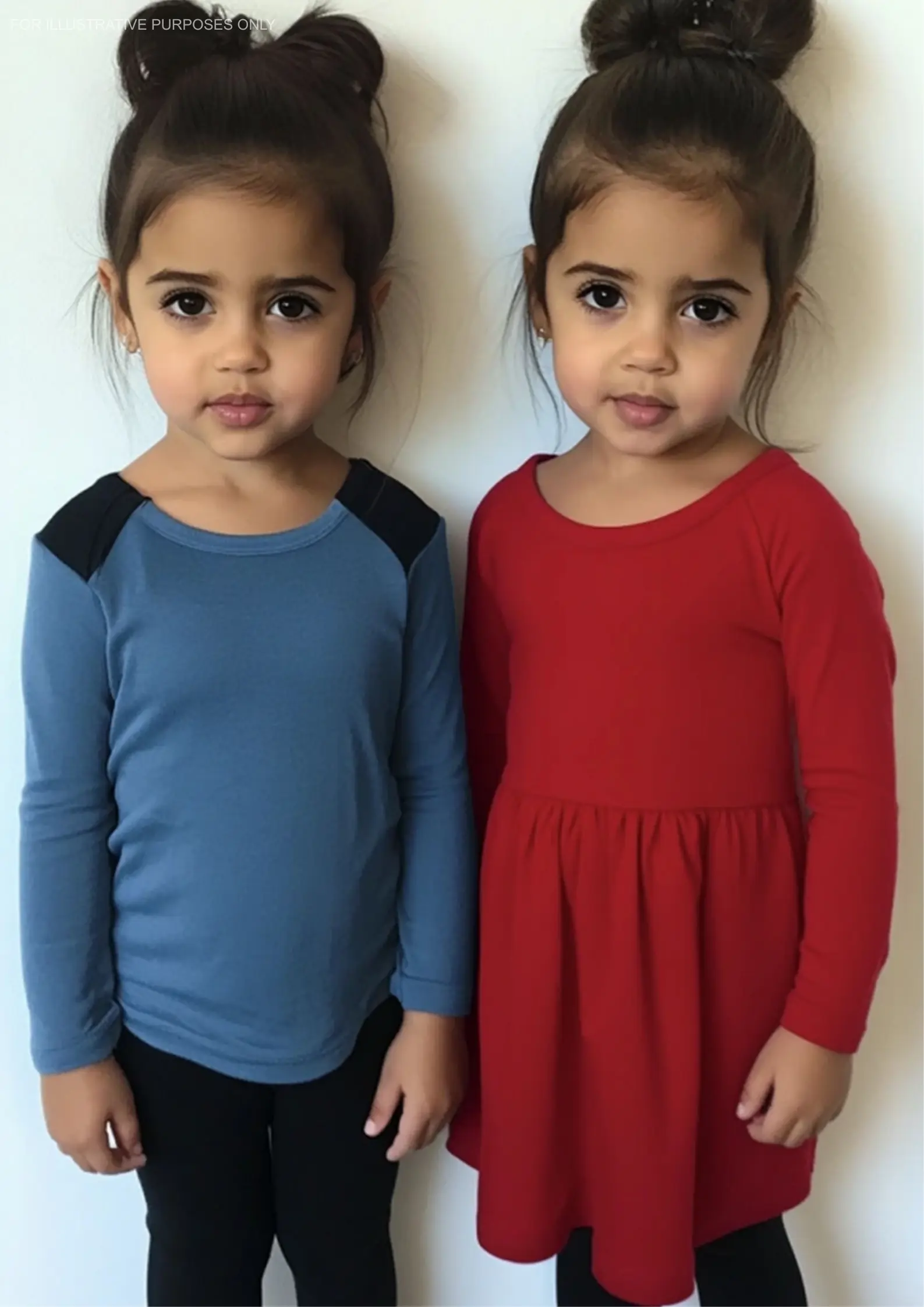
"Unbelievable Coincidence: The Orphanage Held a Carbon Copy of Our Child!"
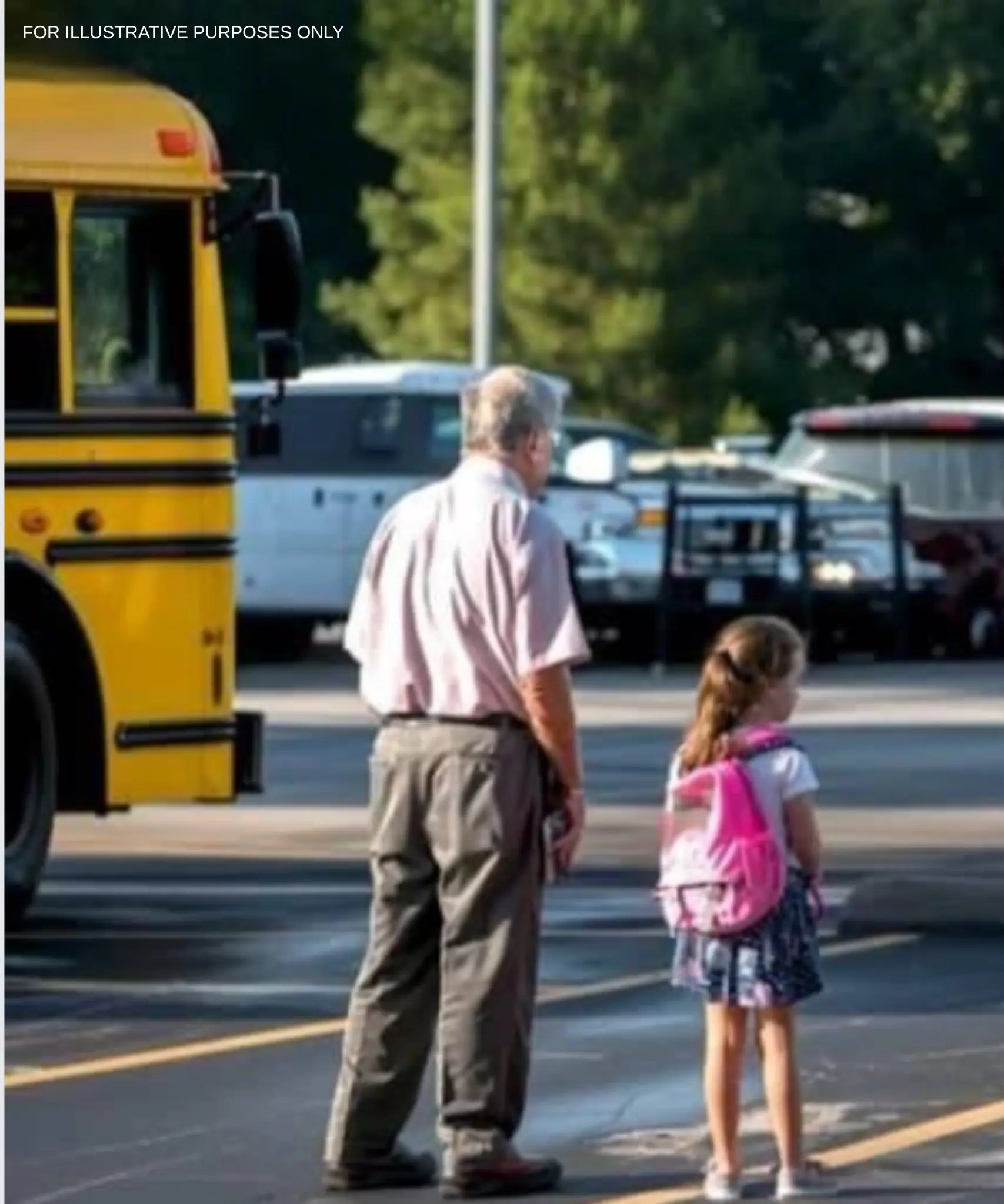
The Hidden Weight of Childhood: A Journey of Independence, Compassion, and Unspoken Secrets
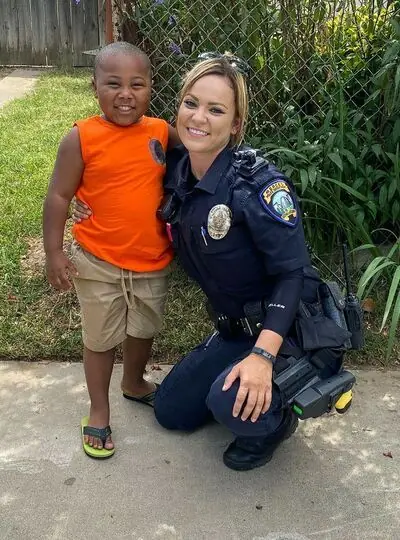
There were cops in my yard, and as an african american family, my mind was full of negative thoughts
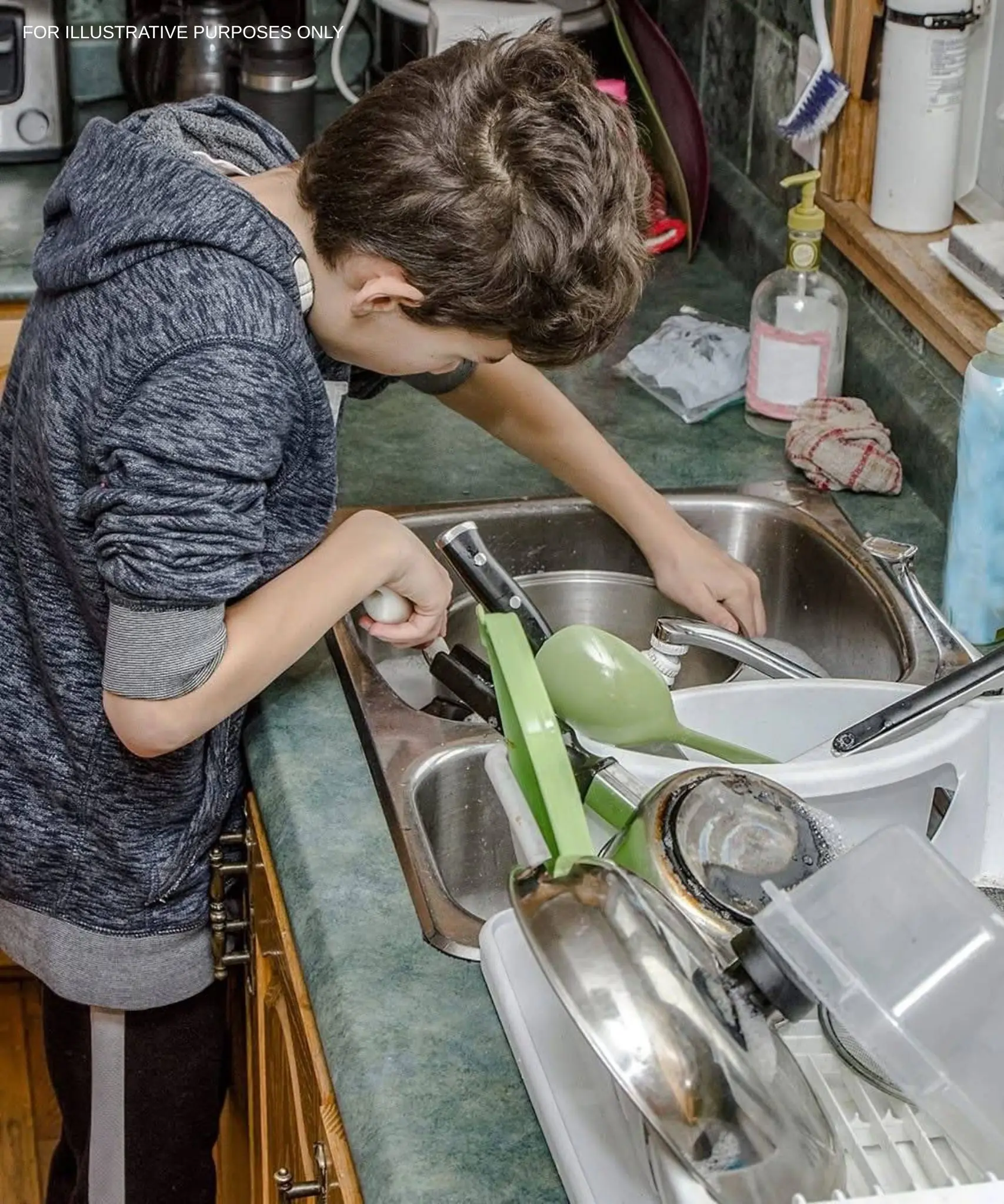
I Always Thought Housework Was a Breeze—Until My Son Taught Me a Lesson I’ll Always Remember

I Helped Plan a Family Cruise for My Dad and Stepmom & They Invited Me Too—I Didn't Know They'd Turn Me Into the Nanny
I thought joining my dad and stepmom on a family cruise would bring us closer. Instead, I found myself stuck in a tiny cabin with two kids and a long list of responsibilities no one warned me about.